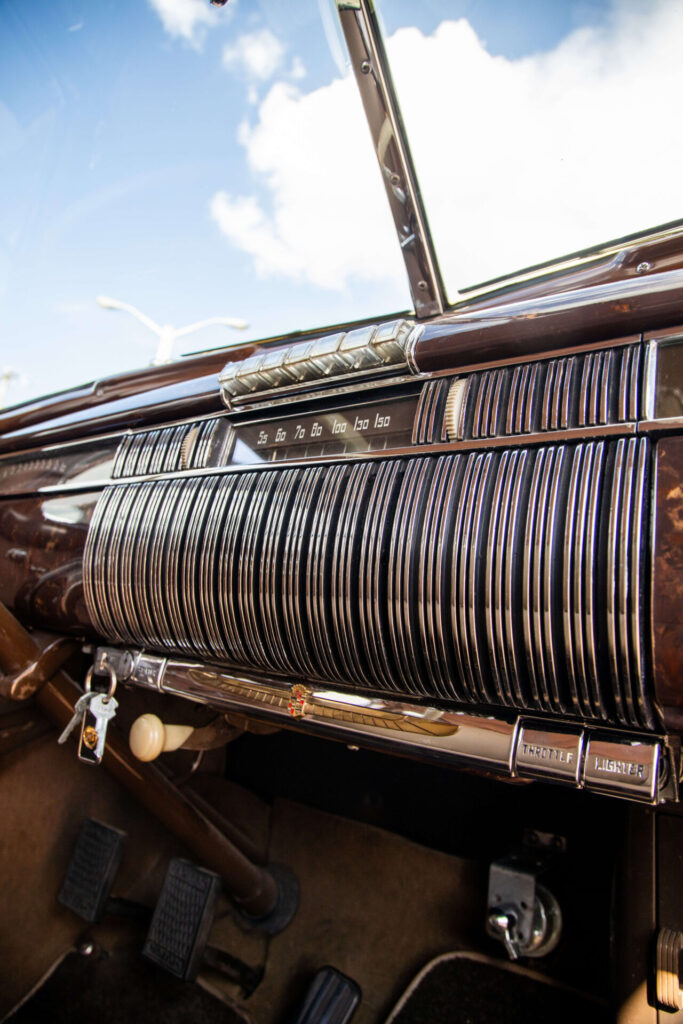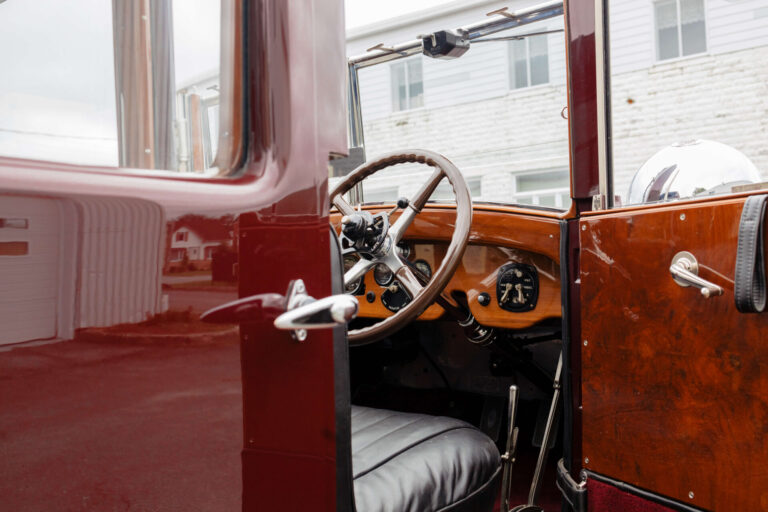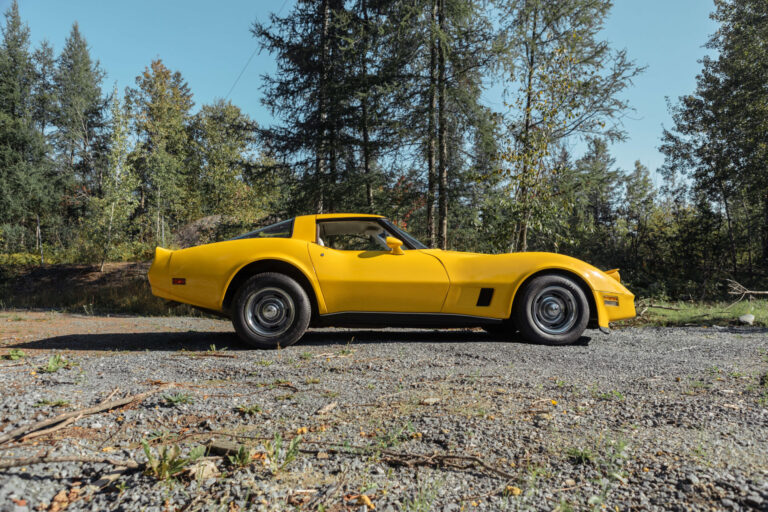The Automotive Dream “One man and his dream had not simply left the world with an engine and four wheels; Henry Ford and his Model T had influenced people's everyday lives - where they lived, how they spent their leisure time, even how they viewed themselves.” - Gary...
The 1940 Cadillac V16
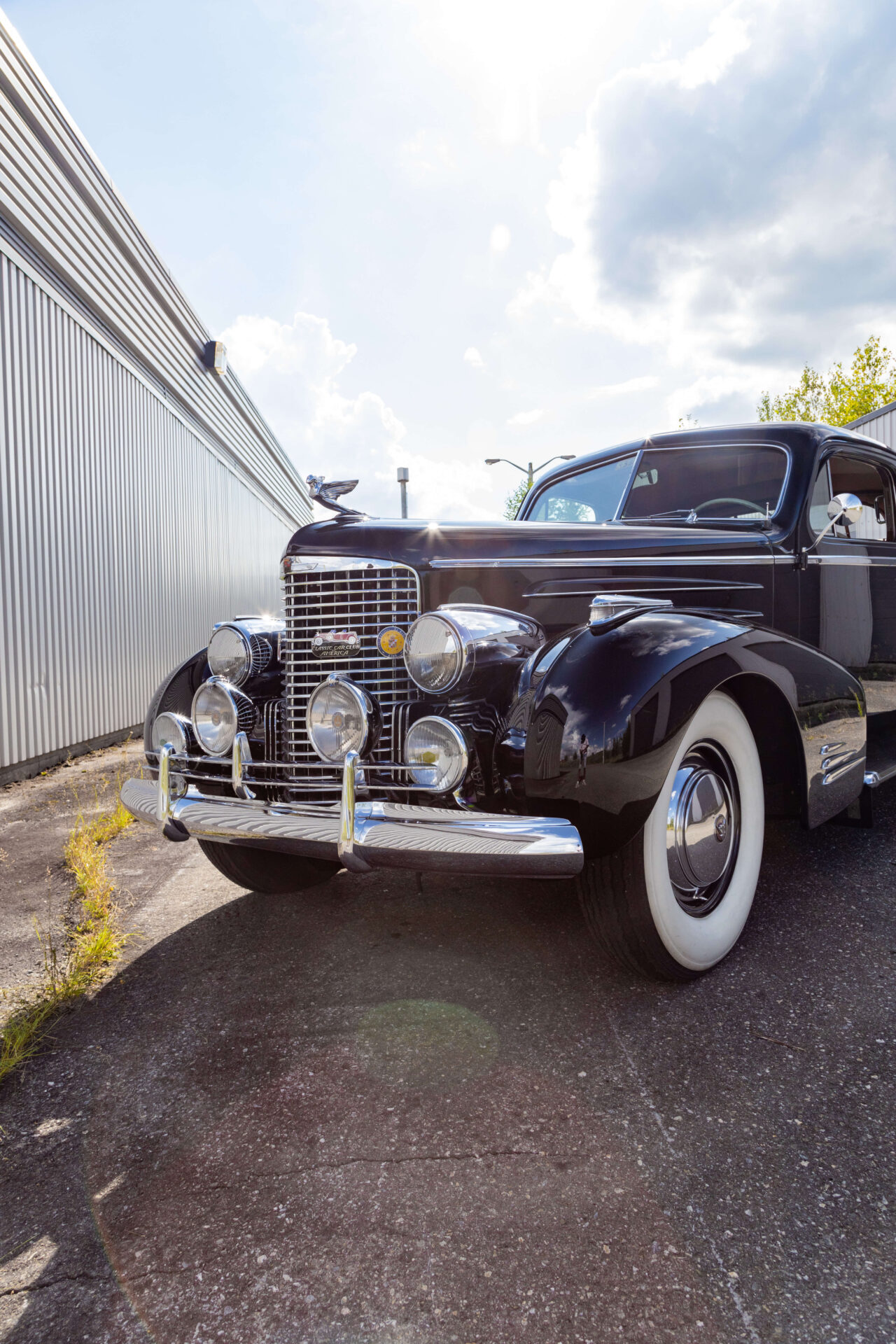
Photo credit - Good Vision Prod
Recent posts
Lagonda 16/80 Special Six 1933
English Touring The car we present to you this week is the Lagonda 16/80 Special Six in the Demers Car Collection. Lagonda was a luxury British car brand that Aston Martin eventually absorbed. Through its association with Aston Martin, it is sometimes hard to remember...
An Introduction to Lagonda
Before Aston Martin “The history of Lagonda cars is synonymous with sophistication, opulence, and groundbreaking performance” - An article for Discovery UK Today, we may recognize the name Lagonda from its association with Aston Martin. Before these two brands...
Cadillac Model A 1903
The Standard of the World “No other American car on the market in the first decade of the century was constructed to higher standards than Cadillac.” - Stephen W. Sears in The Automobile in America Some of you may know that Cadillac has long had the slogan “Standard...
The Car that Shocked the Industry Twice
“This was a saber-rattling exercise, part of Cadillac’s grand strategy to enrich its prestige while maiming its enemies. Mark that “mission accomplished.”” – Don Sherman
At its introduction in 1930, the Cadillac V16 surprised everyone. A V16 engine was never heard of before. Cadillac cleverly skipped making a V12 when it decided to upgrade its V8. This car wasn’t only an engineering statement, it also looked good. Despite its introduction during precarious financial years, it was very well received at first. The Demers Car Collection hosts a couple of V16s and the one presented here is the 1940 Cadillac V16. Keep reading to learn more about the historical context in which the V16 debuted, why this model is special and more about the second generation of V16s to which this car belongs.
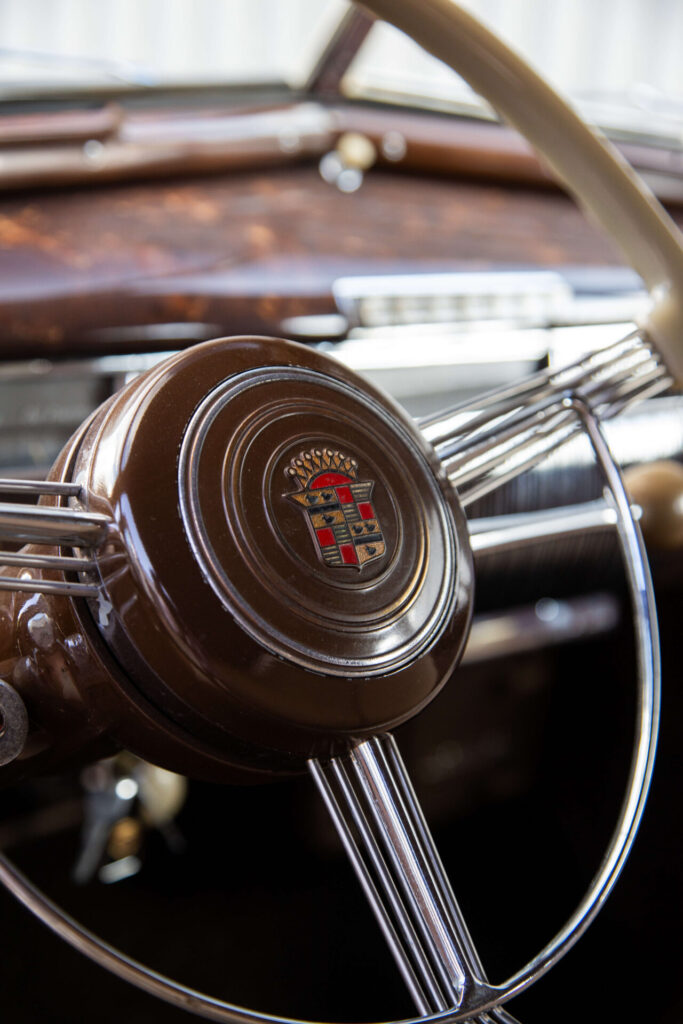
The Context
“So, of those that could actually afford to spend upward of five thousand dollars on a car, few were willing to take the risk. Into this atmosphere, came the most fabulous Cadillac of all time” – Andrew Montgomery in The Great Book of American Automobiles
Ever since the introduction of Cadillac’s Model A in 1903, the American brand has set the standard in automobile innovation. One of Cadillac’s many achievements was the introduction of America’s first commercially successful V8 in 1915. This was the power source for most of its cars for the next fifteen years. Engineering excellence was not the only attribute for which Cadillac was known, it also competed in the American luxury car segment. Through the 1920s, it gained recognition in this niche by catering to an older, wealthier clientele. Cadillac’s main competitor was Packard, which up until now was the luxury car industry leader.
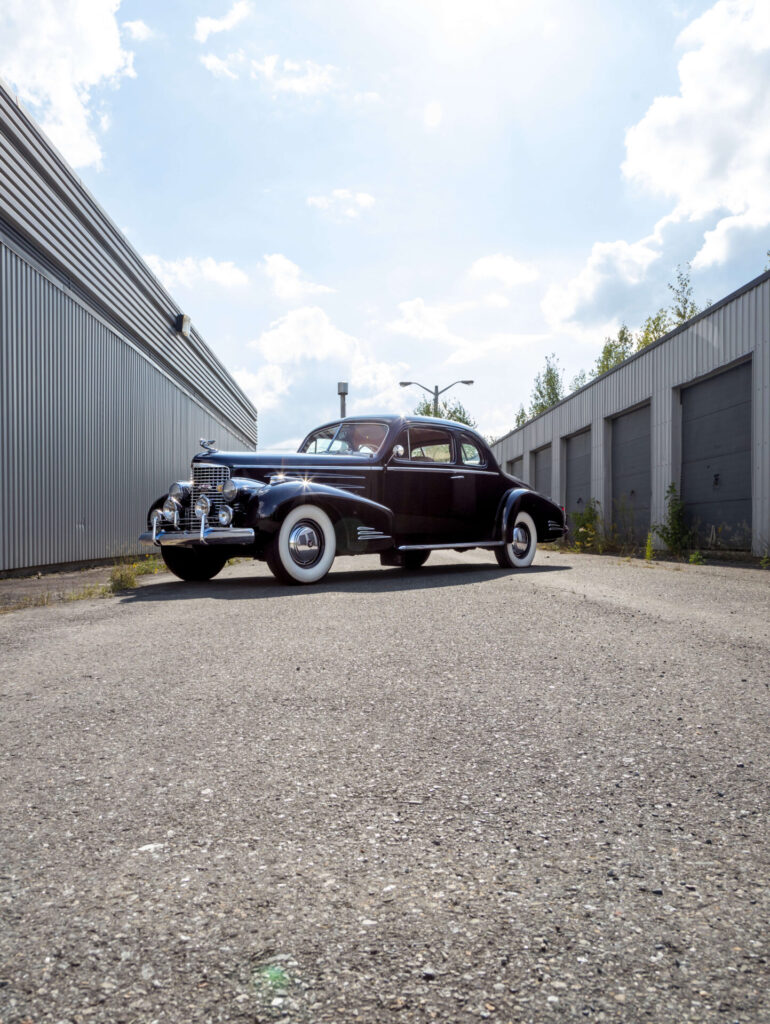
The 1920s in the United States saw the rise of powerful, luxurious cars. The automobile wasn’t a new invention anymore, high-speed highways marked the landscape and automobilists wanted to drive faster, and in greater style. The stock market crash of 1929 and the Great Depression that followed profoundly changed the landscape of car manufacturing. Suddenly, there were a lot fewer rich clients to sell luxury cars to and the remaining were scared of showing off their wealth in ostentatious cars. It is in this context that Cadillac introduced its new V16 in 1930. A bold move on many levels.
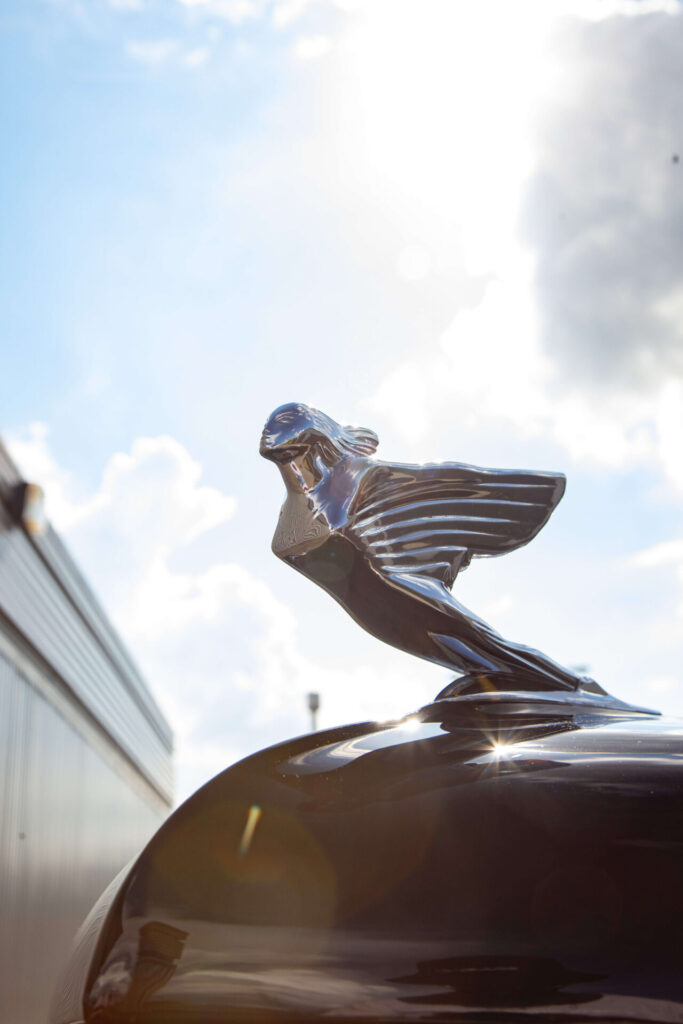
The Introduction of the Famous V16
“ When Cadillac launched the V-16 publicity blitz in December 1929, the public and the press were completely taken by surprise.” – Aaron Gold
By the end of the 1920s, Cadillac was due for a new, better model. Other luxury car makers were already offering V12 engines or were working on one. The introduction of a new V12 for Cadillac seemed like the next logical step. The decision-makers at Cadillac wanted a new flagship model that would be bigger and more powerful than what they’ve done before. However, it wasn’t a V12. In the works since 1927, the V16 was a well-kept secret until its official announcement in December 1929.
The model was a lot more popular at first than expected. Cadillac had meant it to be a halo car. A halo car that would brings attention to the brand but isn’t expected to be a good seller. The first year, Cadillac sold more than 2,500 units. The V16 accounted for about 20% of Cadillac’s sales in the first two months that it was available. Hollywood elites, Wall Street power brokers and even the president and gangsters were among its first adopters. This enthusiasm was short-lived however. Sales sharply dropped the second year it was on the market and trailed off from then on.
Its status as the best luxury car, more than sales, marked the success of Cadillac and its V16. Although many other factors played a role, by the end of the 1930s, Cadillac was now on top of the luxury car market. Without the backing of a solid parent company like GM, Packard suffered significantly from the Great Depression, and smaller independent car makers like Duesenberg simply did not survive.
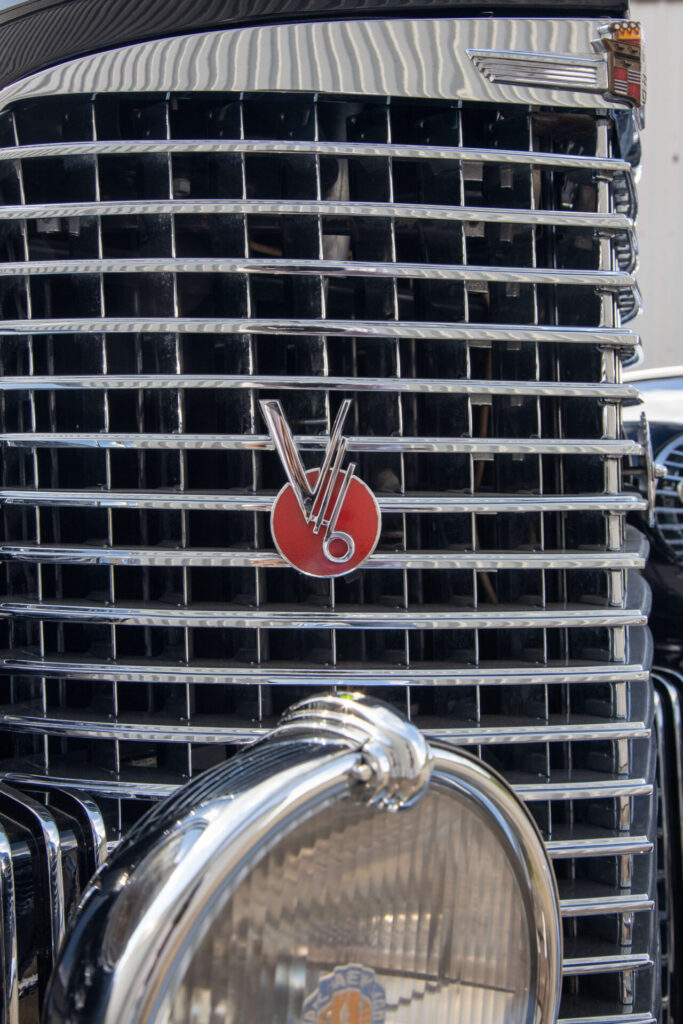
More on the V16 Engine
“The engine’s aesthetics were as impressive as its engineering.” – Aaron Gold
Developed under the guidance of engineer Owen Nacker, utilizing ample resources from GM, and designed to look good by Harley Earl, the V16 was a brilliant engine. Having mastered the V8, Cadillac decided to increase power by doubling its cylinders! The new engine would be two V-shaped banks of eight-cylinder blocks. The V16 offered great performance, but it was also quiet and smooth, important features for the sale of luxury cars at the time. With investment put into its aesthetics, it also looked good! Cadillac’s new engine was the world’s first V16 engine, reinforcing Cadillac’s status as the “Standard of the World.”
In terms of performance, it wasn’t the best one on the market, producing 165 bhp it was second to Duesenberg’s famous V8 which was capable of 265 hp. This wasn’t an issue for Cadillac as their wealthy, older clientele was more concerned with prestige. In fact, from an engineering standpoint, large numbers of cylinders do not necessarily translate with increased performance, and later technological improvements will make V16 engines pretty much obsolete. Despite this, the Cadillac V16 was an example of engineering prowess for its time.
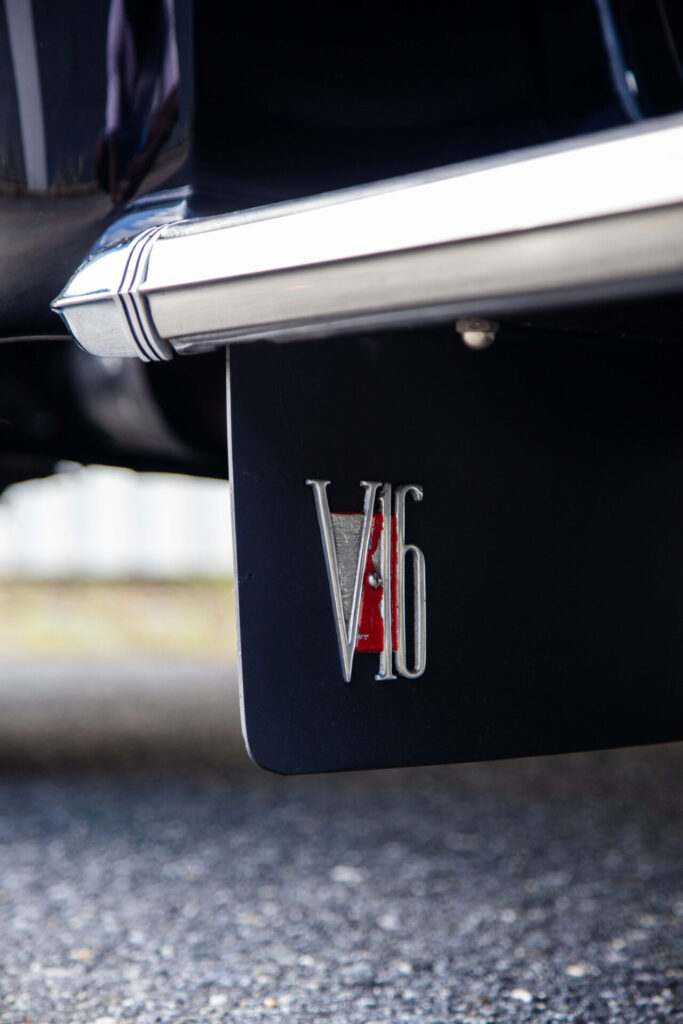
The Second Version and This Particular Car
The original V16-powered cars were built from 1930 to 1937. In 1936, the car was renamed Series 90, and by 1937, it was expected to disappear. However, Cadillac reinvested in its Halo car and shocked the industry once again by reintroducing a new version of it for the 1938 model year.
The new engine looked completely different from its predecessor as it was angled at 135 degrees, which looked almost like a flat engine instead of a V-shaped one. The new version was also about 250 lb lighter, 6 in shorter, 13 in lower and used a lot fewer parts than its predecessor. The engine was also less aesthetically pleasing than the previous one, short-cuts in this department were meant to decrease its cost of production. However, the new dimensions allowed Cadillac to design body styles more in line with the trends of the time. And, its performance, at 185 hp, was similar to what the 1937 V16 could produce and was as silent and smooth as the first version.
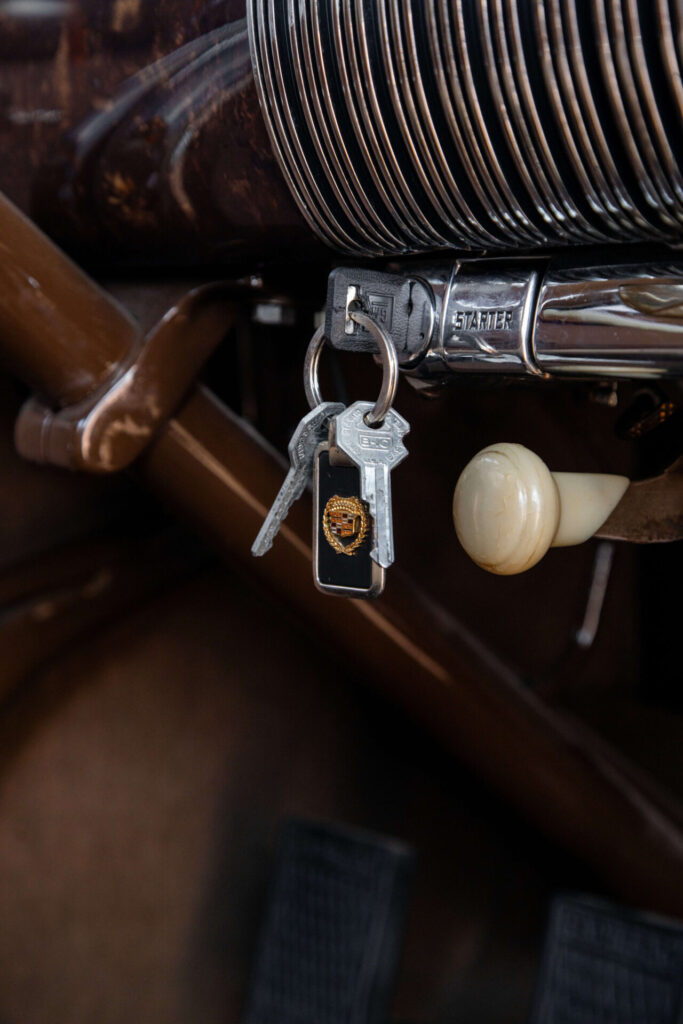
The car that this article features is part of this second generation of V16s. From the model year 1940, it is one of only about 61 cars produced that year and one of about 508 produced between 1938 and 1939. This second wave of cars sat on a 141-inch wheelbase. The new V16s harbored Fleetwood-made body styles that GM’s Art and Colour Section designed. The one this article features is believed to be the first of its series. From the last model year, it marks the end of the production of this historical model.
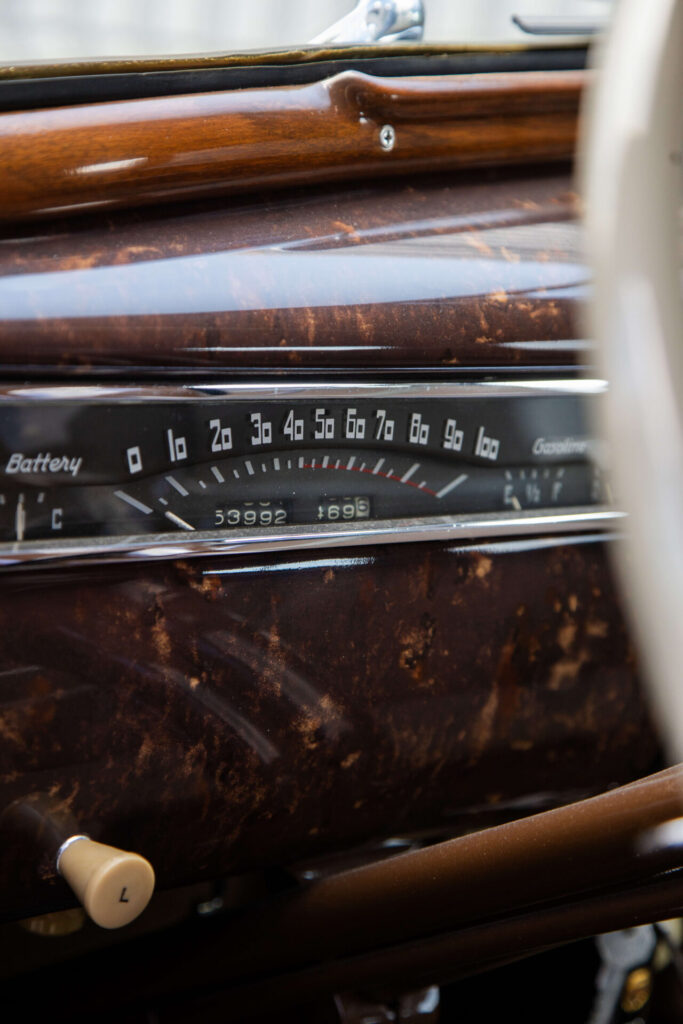
What Now?
Cadillac lost money on each V16 car it built, it banked on the image it provided them to keep it in production. However, this couldn’t last forever. The V16 engine was not only a mark of engineering prowess, but the 1940 Cadillac Series 90 V16 was also the last Cadillac with an engine other than a V8 for the next 40 years. This wasn’t Cadillac’s last trick either, in 1941, Cadillac introduced the world’s first fully automatic transmission. The slogan “Standard of the World” still stood for some time to come. If you like car history, don’t miss next week’s blog article where we’ll explore the origin of Concours d’Elegance.
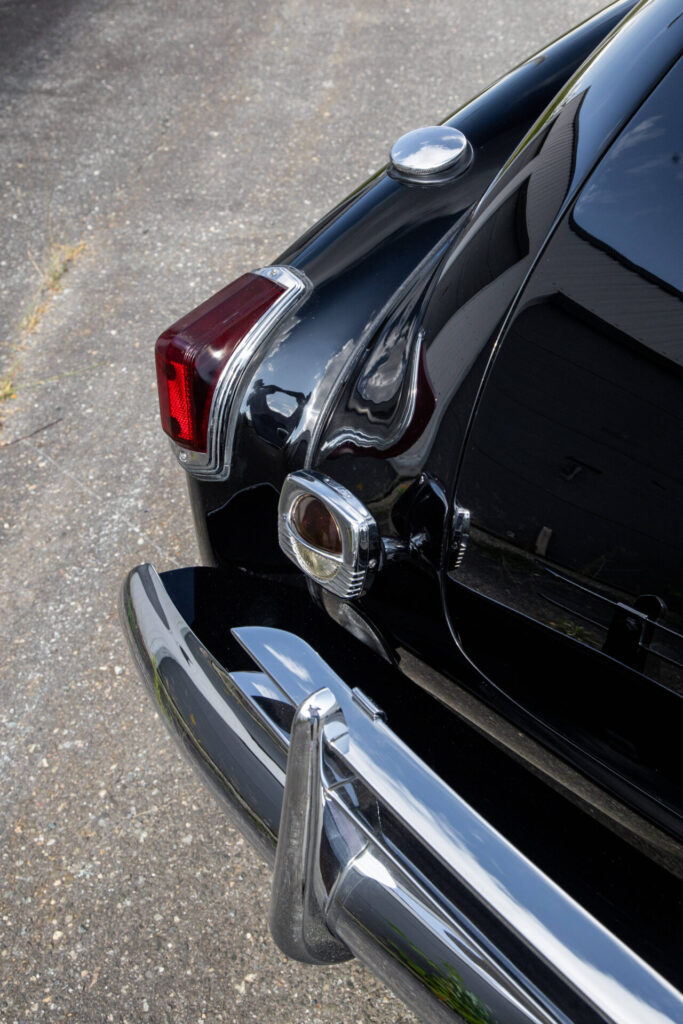
The Nitty Gritty
- 7,1 liter, V-shaped, 16 cylinder engine
- Max speed for a larger sedan: about 100 mph
- 141 in wheelbase
- 185 hp
